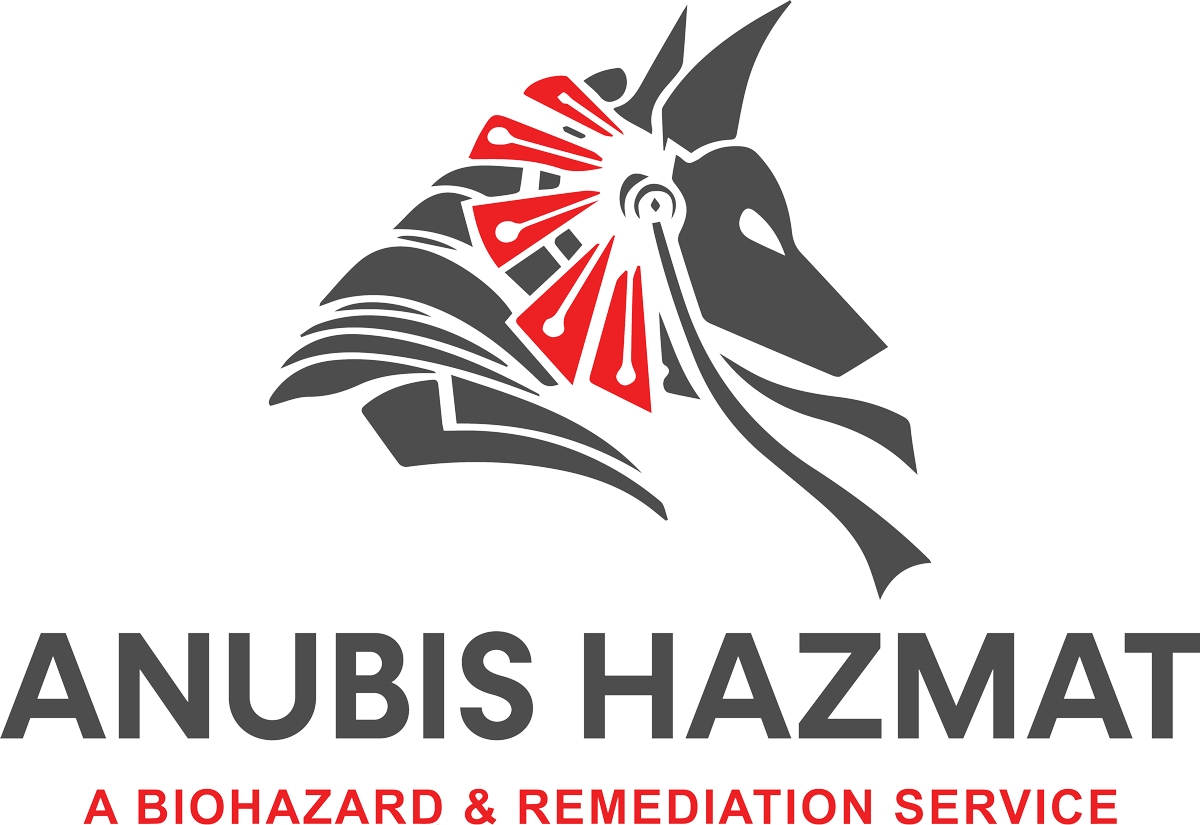How to Make Your Biohazard Cleanup Restoration a Breeze
Biohazard cleanup restoration is the process of cleaning up and restoring a property that biohazards have contaminated. This can include anything from cleaning up blood and bodily fluids to removing mold and sewage.
If you're like most people, the mere thought of biohazard cleanup restoration gives you the heebie-jeebies. And understandably so! But what if we told you that this process could be a breeze with a few simple precautions?
In this post, we'll teach you how to make your biohazard cleanup restoration as easy and stress-free as possible. Keep reading to learn more!
Be sure to have the proper equipment and supplies on hand
No one ever wants to think about the need for biohazard cleanup restoration, but it's always better to be prepared. After all, you never know when an accidental spill or crime scene could leave your home or business in need of some serious cleaning.
And while you can always hire a professional biohazard cleanup company, it's much easier (and cheaper) to do it yourself if you have the right equipment and supplies on hand.
So what do you need for a successful biohazard cleanup restoration?
First, you'll need some personal protective equipment, including gloves, face masks, and eye protection. You'll also need some heavy-duty cleaning supplies, like bleaches and disinfectants. And finally, you'll need some disposal bags and containers to ensure all the biohazardous materials are properly disposed of.
With the proper equipment and supplies on hand, biohazard cleanup restoration is easy and stress-free. So don't wait until it's too late - make sure you're prepared before disaster strikes!
Make sure you have a clear plan of action
When it comes to biohazard cleanup restoration, the adage "fail to plan, plan to fail" has never been more true. Having a clear plan of action is key to making your biohazard cleanup restoration easy and stress-free.
Here are four key steps to take to ensure your biohazard cleanup restoration goes off without a hitch:
1. Identify the affected areas. The first step is identifying which areas have been affected by the biohazardous materials. This will help you determine the scope of the work that needs to be done.
2. Decontaminate the affected areas. Once you've identified the affected areas, you'll need to decontaminate them. This involves using special cleaning products and procedures to remove all traces of the biohazardous materials.
3. Dispose of biohazardous waste properly. Once you've decontaminated the affected areas, you'll need to dispose of the biohazardous waste properly. This means using special bags and containers designed for biohazardous waste disposal.
4. Follow up with a final cleaning. Once you've completed the above steps, you'll need to do a final cleaning of the affected areas.
Take your time
There's no need to rush when it comes to biohazard cleanup restoration. In fact, taking your time is key to making the process easy and stress-free. By taking a few extra minutes to assess the situation and plan your approach, you'll be able to make sure that everything is done properly and safely.
Additionally, taking your time will help ensure you don't miss any important steps in the process. So if you're looking for a hassle-free biohazard cleanup restoration, remember to take things slowly and carefully.
Wrap Up!
Biohazard cleanup restoration is a specialized field, and it is important to hire a professional biohazard cleanup company to do the job correctly.
Otherwise, you could end up with more problems than you started with. It's not something that should be taken lightly, so make sure you do your research before hiring someone to do the job.


